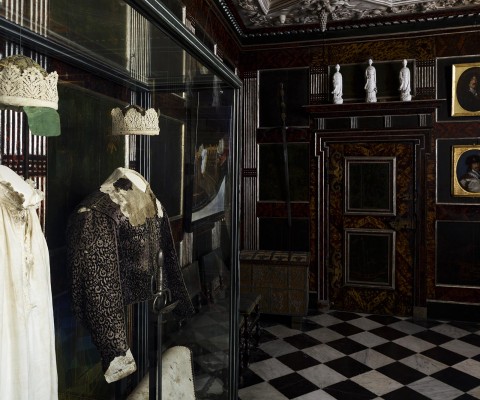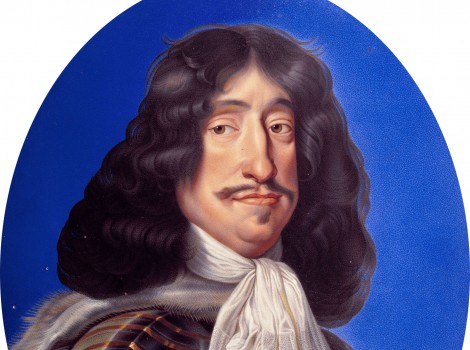3: Christian IV’s Bedroom
King Christian IV died here on 28th February 1648. This and the two preceding rooms constituted the King’s private chambers, and from this one he had direct access to a toilet and a bathroom. During the reigns of Frederik III and Christian V it probably served as the shared bedroom of the Royal couple. The items displayed in the room belonged to Christian IV.
The wall panels and doors are from Christian IV’s time and originally had floral-painted framing. In the 1660’s Frederik III and Sophie Amalie, who were highly fashion-conscious, had the wall panels and doors painted in the “Chinese” style. The green lacquered panels bear gold line drawings, based on descriptions of China from the time and older Chinese novels.
The stucco ceiling dates from the 1630’s. The ceiling paintings depict the gods of the earth, the heavens and the oceans. Abraham Wuchters painted the central painting: Hera – made to resemble Sophie Amalie – and Zeus on Mount Olympus. The other two were painted by Isaac Isaacsz.

 Dansk
Dansk
 English
English
 Deutsch
Deutsch





